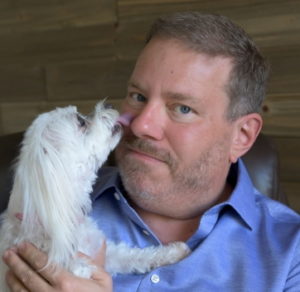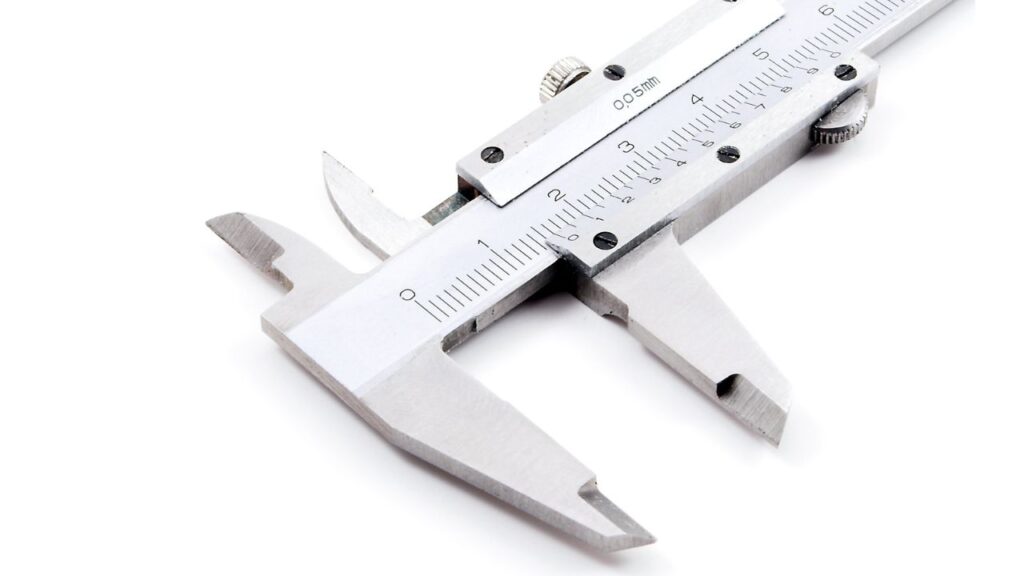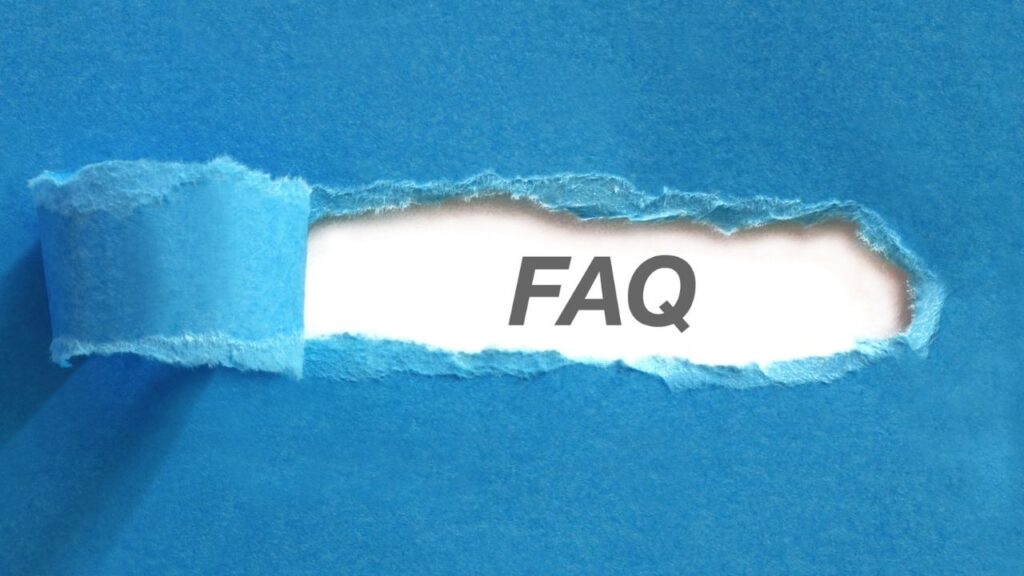James Jacobson: When you are doing a surgical procedure to remove your dog’s cancer, one of the things that you’ll often hear and the best to talk about is clean margin. So, what is a clean margin and why is important? Dr. Dressler?
Dr. Demian Dressler: A clean margin refers to the edge of a submitted specimen. So, if I’m a Veterinarian, I’m doing a surgery and I removed the growth and I will submit it to a pathologist, and the pathologist will go around the edge at certain specific locations to see if there are still cancer cells at the edge of the submitted specimen. Why is this important? Well, this is one of the ways that we can tell or at least get information about whether or not there are still cancers cells left in the dog. So, when we talk about “clean margins” we’re saying, ok, the pathologist didn’t find any cancer cells on the edge of the submitted specimen, so, maybe the cancer cells are out of the dog, or we can say we have dirty margins where the pathologist found cancer cells along the edge and therefore we can say very likely that there are still cancer cells left at surgical sight around the edges of the incision.
James Jacobson: What happens if you don’t get clean margins if the pathologist comes back and says you don’t have a clean margin, what happens, then?
Dr. Susan Ettinger: I think before we jump to what to do next, I think it’s also important to take those margins with respect to the cancer and the location. If your dog has a benign tumor that remove a couple of millimeter could be considered clean, and I think it’s really important to make sure you and your veterinarian make sure that those margins are quantified that they give you an actual measurement because I’ve seen all too often what I call the margins clean. But then you read the fine prints and they say it’s 2mm. 2mm is not gonna be considered really clean or adequate for most malignant cancer. So, it’s really important that it’s taking in respect with what the cancer is, because i think that’s really important and it changes.
James Jacobson: So you can’t really think as big a chunk are otherwise obviously you’re doing more you could potentially be doing more damage to the dog.
Dr. Susan Ettinger: Well, and it’s just important for the tumor type for malignant cancers are somewhere 1-2cm margins is considered the gold standard and adequate, but there are some cancers where you may need some soft tissue sarcomas where, it maybe 3, 4cm margins, and so if it’s just clean, and then you find out that it was only a half centimeter margin, it puts your dog at risk for reccurrence, and if you know that earlier, then you can do something like either scar revision where they’re gonna go back and get more tissue if it’s on a part of your dog’s body where that’s an option, or maybe you’re gonna look towards radiation therapy to prevent reoccurrence. You might choose to do a wait and watch approach, but at least you know that your dog is at risk for recurrence, and interestingly the metronomic approach has also been showed it in some cancers to delay the recurrence as well. So, that might be something more of talking to your veterinarian about depending on the tumor type.
James Jacobson: Great information. Dr. Ettinger thank you so much, Dr. Dressler thank you so much.
Dr. Demian Dressler: Thank you!
Dr. Susan Ettinger: Thank you!









